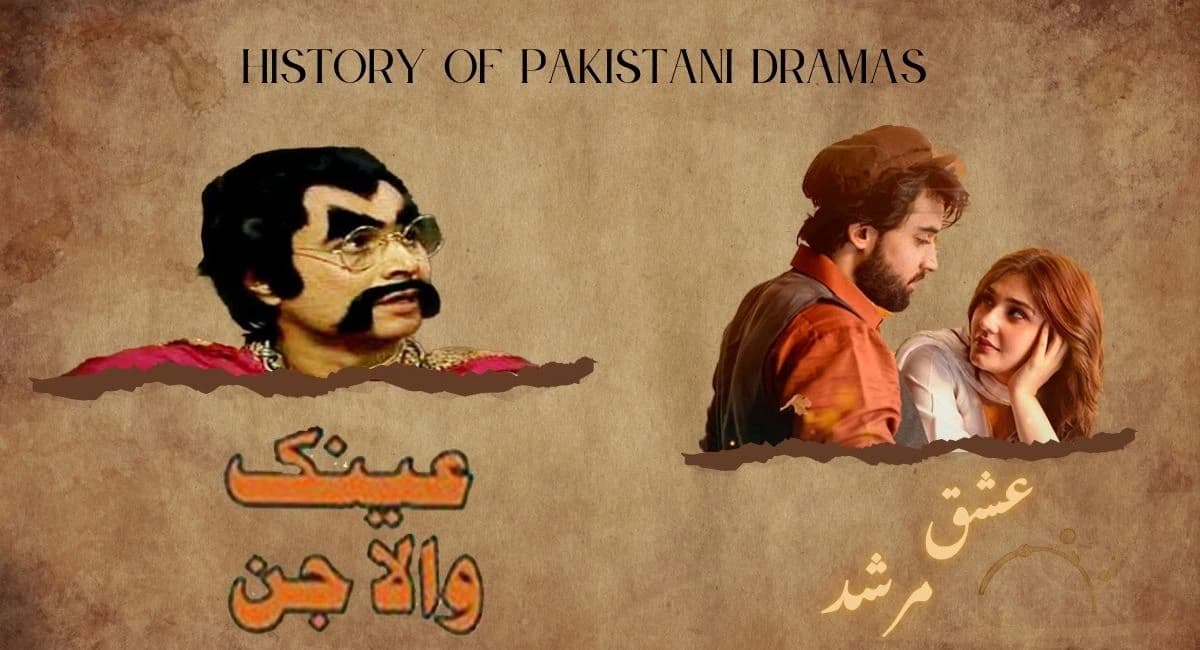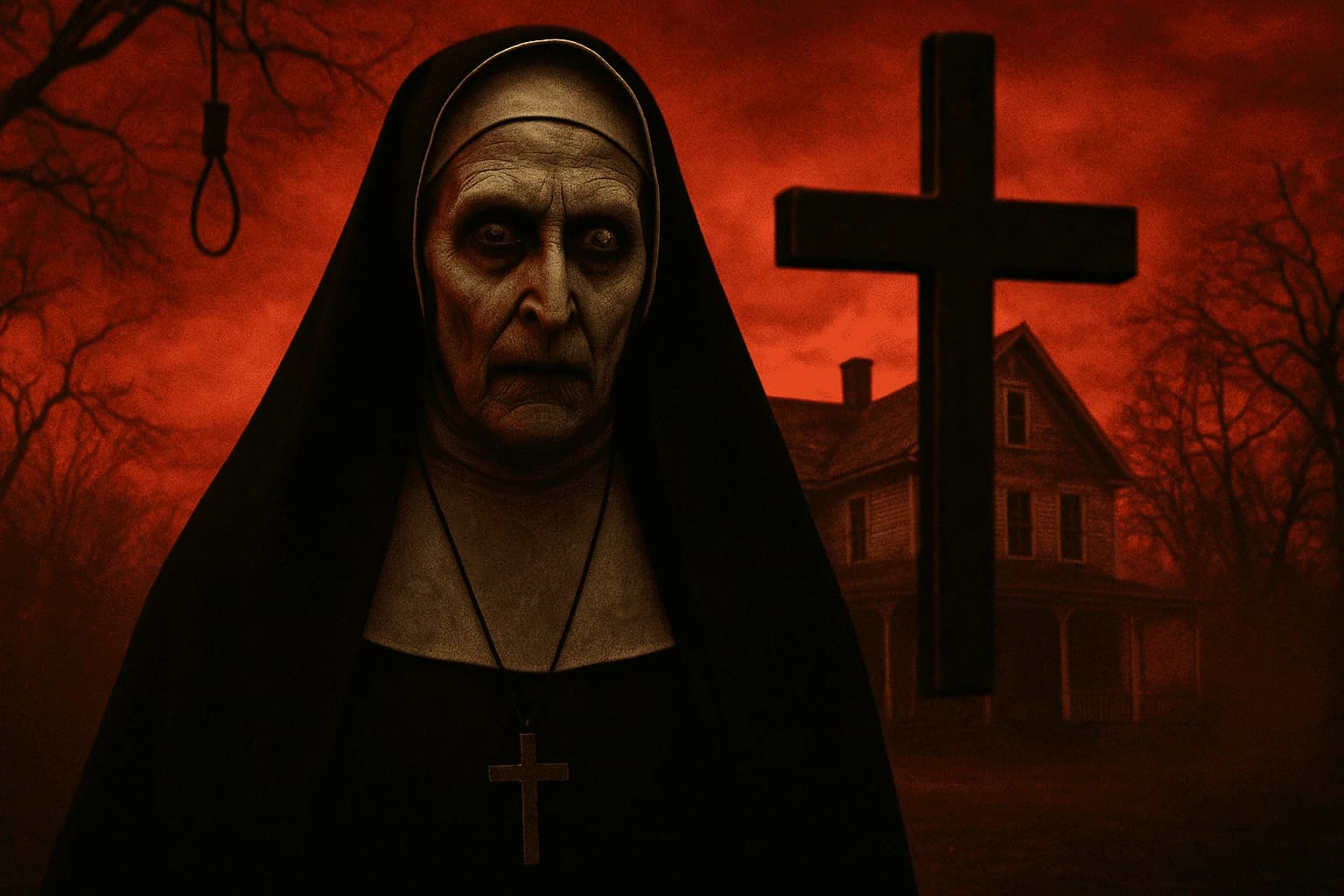© 2025 Roz UpdatesbyTETRA SEVEN

* All product/brand names, logos, and trademarks are property of their respective owners.
Pakistani dramas have long held a cherished place in the hearts of audiences both at home and abroad. From the early days of black-and-white broadcasts on Pakistan Television (PTV) to today's binge-worthy digital hits on platforms like YouTube and Netflix, the journey of Pakistani drama has been nothing short of remarkable. These dramas have not only reflected the socio-cultural fabric of the nation but have also played a significant role in shaping public opinion, promoting societal values, and highlighting everyday challenges.
In the golden era of the 1970s and 1980s, PTV dramas like Khuda Ki Basti, Waris, Ainak Wala Jin, and Dhoop Kinare captivated audiences with their powerful narratives, strong character development, and moral depth. They were more than just entertainment—they were a mirror to society, tackling issues like poverty, gender roles, and justice. The storytelling was slow-paced yet profound, focusing on character arcs and emotional depth.
With the liberalization of media in the early 2000s, the landscape shifted dramatically. Private channels such as Hum TV, ARY Digital, and Geo Entertainment ushered in a new era. This shift brought in more diversity in themes, higher production values, and a fresh wave of talent. Dramas like Humsafar, Zindagi Gulzar Hai, and Mere Paas Tum Ho gained cult followings and revitalized the industry.
Today, Pakistani dramas have embraced the digital revolution. Streaming platforms and social media have expanded their reach globally, introducing them to new demographics and even earning them praise in countries like India, the Middle East, and the diaspora in the West. The evolution is evident—not only in how stories are told but in how they are consumed.
In this blog, we’ll take a deep dive into this fascinating evolution—from the black-and-white nostalgia of PTV to the algorithm-driven dynamics of digital dramas.
The foundation of Pakistani drama was laid during the 1960s and 70s when Pakistan Television Corporation (PTV) became the sole broadcasting entity. This period is often revered as the “Golden Era” of Pakistani television, known for its timeless storytelling and intellectual depth. Dramas like Khuda Ki Basti, Aangan Terha, Tanhaiyan, and Dhoop Kinare became household names, not just for their entertainment value, but for their strong social messaging.
Khuda Ki Basti addressed the devastating effects of poverty and urban displacement, resonating deeply with post-partition Pakistan. Tanhaiyan explored grief, loss, and healing through a heartfelt narrative. Dhoop Kinare, which later inspired the Indian remake Kuch Toh Log Kahenge, delved into the complexities of professional and romantic relationships, portraying them with grace and subtlety.
These shows weren’t just popular locally—they traveled across borders. Many viewers in India recall watching taped episodes of PTV dramas with admiration, praising their depth and realism. This cross-border appeal helped build a cultural bridge in a region often marked by political tensions.
What made PTV dramas truly stand out was their literary richness and focus on moral values. Writers like Ashfaq Ahmed, Bano Qudsia, and Haseena Moin brought a poetic depth to scripts, often embedding philosophical questions within everyday scenarios. The stories unfolded gradually, allowing viewers to connect with the characters on a deep emotional level.
Rather than relying on melodrama or sensationalism, these classics focused on character development, relationships, and ethical dilemmas. Themes of social justice, class disparity, women’s rights, and education were subtly yet powerfully embedded in storylines. Unlike modern serials that sometimes stretch a plot over dozens of episodes, classic PTV dramas were concise—often limited to 13–15 episodes—making their narratives more impactful and memorable.
The early 2000s marked a turning point in Pakistani television history. The state monopoly on broadcasting ended, leading to the emergence of private entertainment channels like Hum TV (2005), ARY Digital, and Geo Entertainment. This deregulation sparked a creative explosion in the drama industry, ushering in a new era of competition, innovation, and high production value.
These new platforms introduced polished aesthetics, modern storylines, and talented newcomers in both acting and direction. Dramas such as Humsafar, Man Mayal, Zindagi Gulzar Hai, and Bashar Momin became instant hits, catapulting actors like Mahira Khan and Fawad Khan to national and international fame. Hum TV, in particular, became a pioneer in packaging dramas with cinematic flair, glossy visuals, and emotionally resonant scripts that appealed to a younger, urban demographic.
With better budgets and access to advanced technology, private channels transformed the production quality of Pakistani dramas. From camera work and editing to set design and wardrobe, the shift was palpable. The themes too evolved—no longer limited to traditional family structures or moral tales, dramas began to reflect urban issues, romance, mental health, domestic violence, and even taboo subjects like sexual harassment (Udaari, Dar Si Jati Hai Sila).
This period also marked the rise of the "drama serial" culture, where weekly episodes fostered appointment viewing and massive social conversations. Ratings became a driving force, influencing drama content to cater more toward what would go viral or trend online.
As the industry expanded, the economics of TV drama production became more pronounced. Commercial success started to dictate storytelling choices. While this brought about greater reach and profitability, it also sparked criticism. Some argued that formulaic plots, often centered around saas-bahu conflicts or romanticized toxicity, diluted the intellectual spirit once championed by PTV.
Still, there was no denying the cultural shift. Pakistani dramas started drawing attention from international platforms, and a few were even syndicated to countries like India, UAE, and Turkey, showing the growing appeal and soft power of Pakistani entertainment globally.
The advent of the internet and the rise of digital platforms have radically transformed how Pakistani dramas are produced, distributed, and consumed. Channels like Hum TV, ARY Digital, and Geo TV have fully embraced platforms like YouTube, allowing them to reach audiences across continents almost instantaneously. A drama episode uploaded on YouTube can garner millions of views within hours, expanding its life cycle far beyond the traditional broadcast model.
In addition, international OTT platforms such as Netflix and Amazon Prime have also begun to host Pakistani content, although selectively. Series like Churails (on Zee5) and Dhoop Ki Deewar (on Zindagi Digital) introduced edgier, bold narratives tailored for a global audience. These web dramas often explore themes previously considered taboo on mainstream television, including gender identity, classism, and political conflict.
Digitalization has empowered viewers with choice and flexibility. No longer bound to a set TV schedule, audiences now watch dramas at their convenience—on smartphones, tablets, or smart TVs. This shift has also allowed for greater experimentation in storytelling. Episodic lengths have become more fluid, and binge-watching has changed narrative pacing.
Moreover, younger audiences tend to prefer relatable, fast-paced, and socially relevant content. As a result, dramas are beginning to adopt contemporary settings, modern dialogues, and realistic character arcs. Social media engagement—especially on platforms like Instagram, Twitter, and TikTok—plays a huge role in drama popularity, with hashtags, memes, and fan theories often contributing to a show’s success.
While digital platforms offer broader reach and creative freedom, they also bring unique challenges. Monetization models are still evolving, especially for independent creators who lack the backing of major networks. There's also a risk of oversaturation, as the ease of publishing has led to an influx of content—some of it subpar in quality.
Moreover, online audiences are global, and expectations are high. Cultural authenticity must be balanced with modern appeal, and creators must be cautious of controversies and censorship. However, with the right balance, digital dramas have the potential to tell deeply impactful stories that resonate worldwide, much like their PTV predecessors did in their time.
The evolution of Pakistani dramas from the monochrome charm of PTV classics to the dynamic world of digital storytelling is a testament to the industry's adaptability and resilience. Each era brought with it new challenges and opportunities—whether it was the intellectual richness of state-run television, the glossy rise of private channels, or the disruptive yet democratizing force of digital platforms.
PTV dramas laid the groundwork by prioritizing substance over spectacle. Their stories—deeply human, morally reflective, and socially conscious—still resonate decades later. The emergence of private networks brought technical innovation and a new generation of actors and themes, reflecting the changing socio-economic landscape of Pakistan. Today, the digital boom is creating space for bold, diverse, and globally accessible narratives that redefine what Pakistani drama can be.
This journey reflects more than just the transformation of an entertainment medium—it charts the cultural, technological, and generational shifts of a nation. As we move forward, the key challenge will be preserving the depth and integrity of storytelling while leveraging the power of digital reach and innovation.
Pakistani dramas are no longer just national favorites—they are global ambassadors of Pakistani culture. If this legacy is nurtured thoughtfully, the golden age of storytelling may not be behind us, but ahead.

8 September 2025
No comments yet. Be the first to comment!